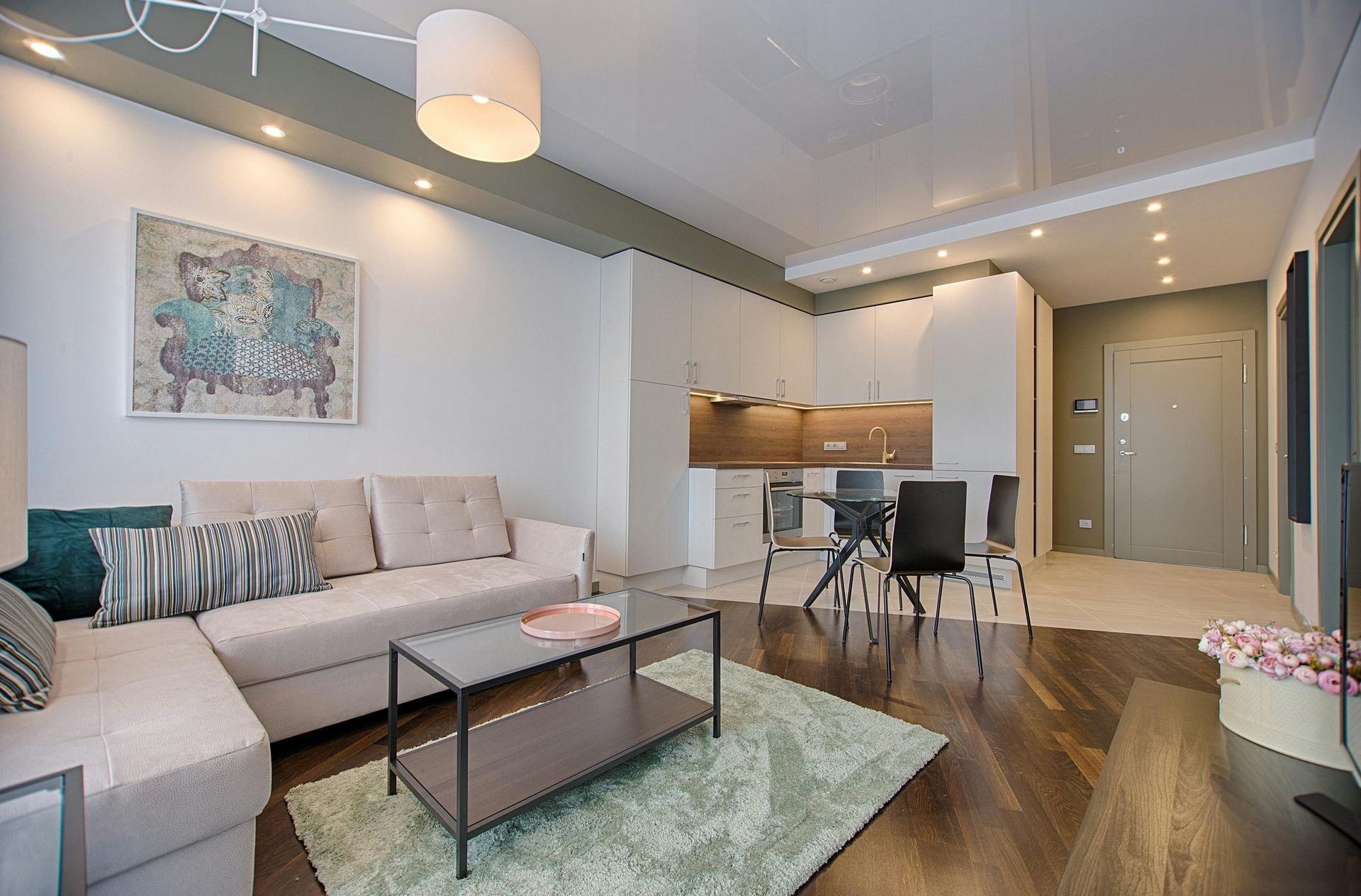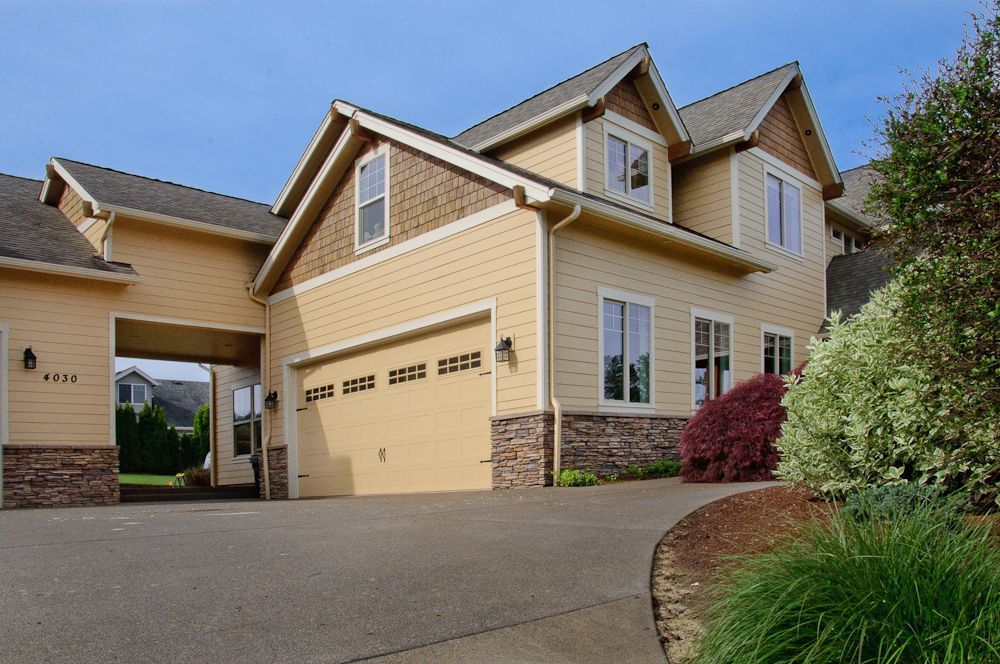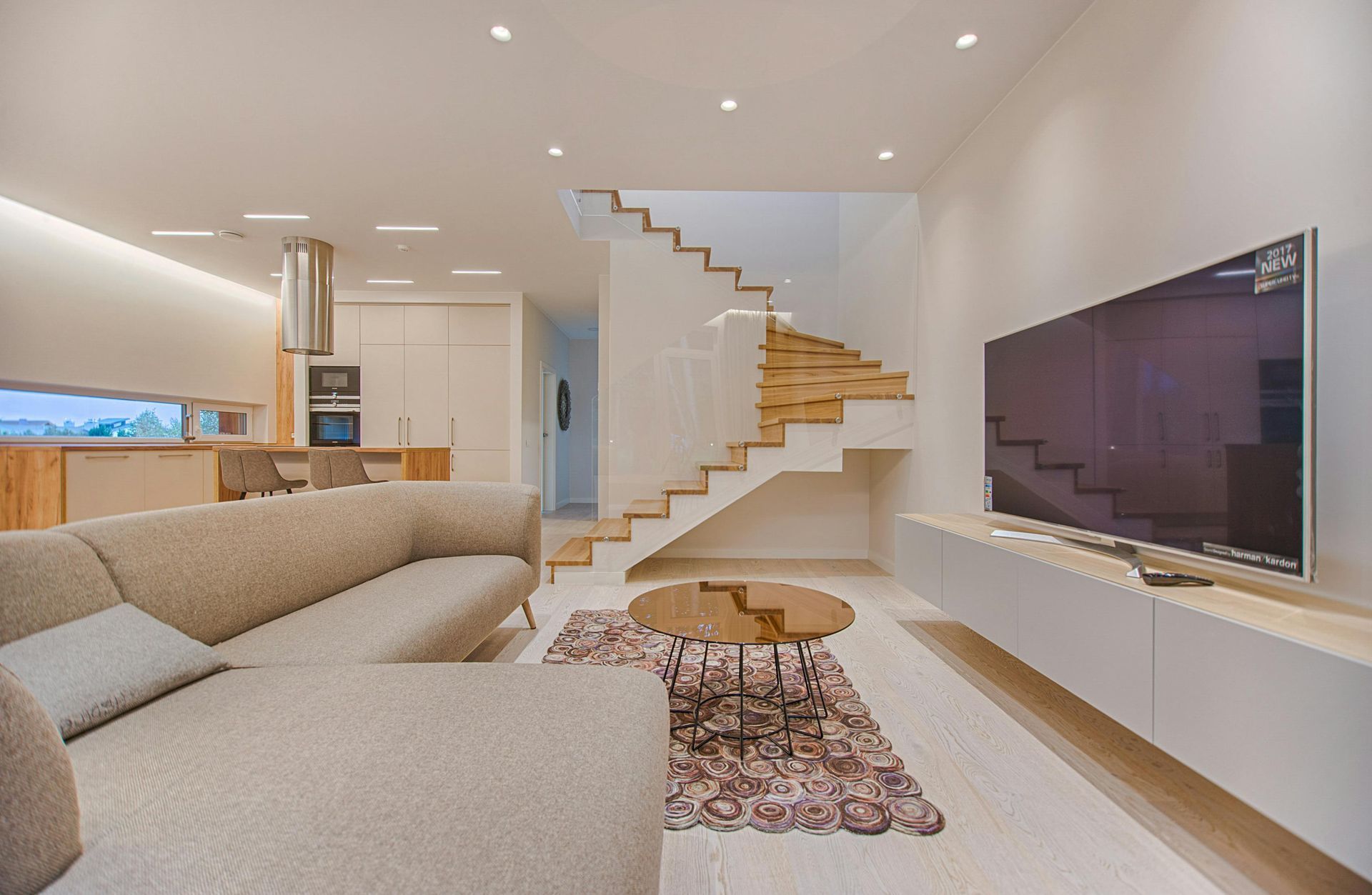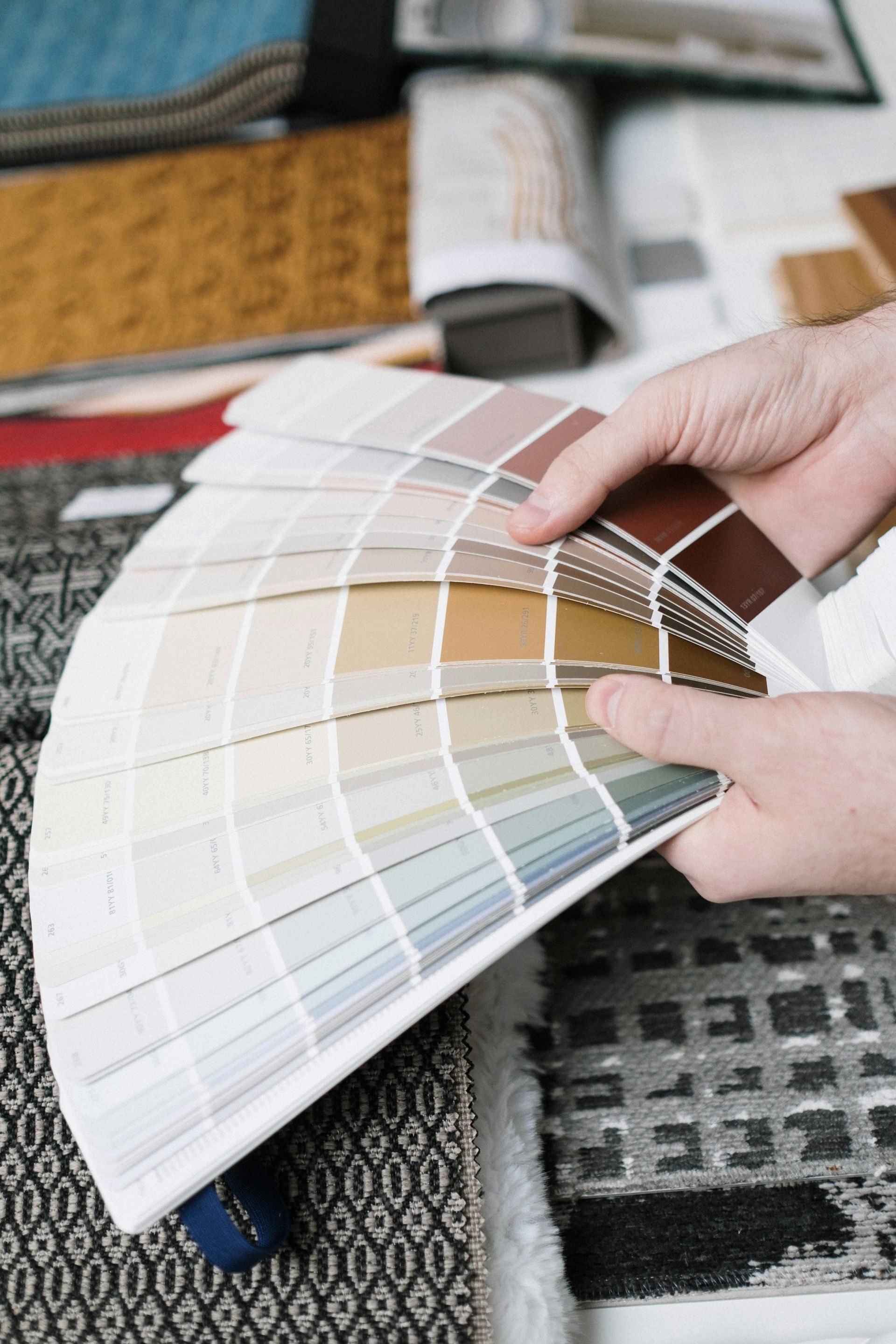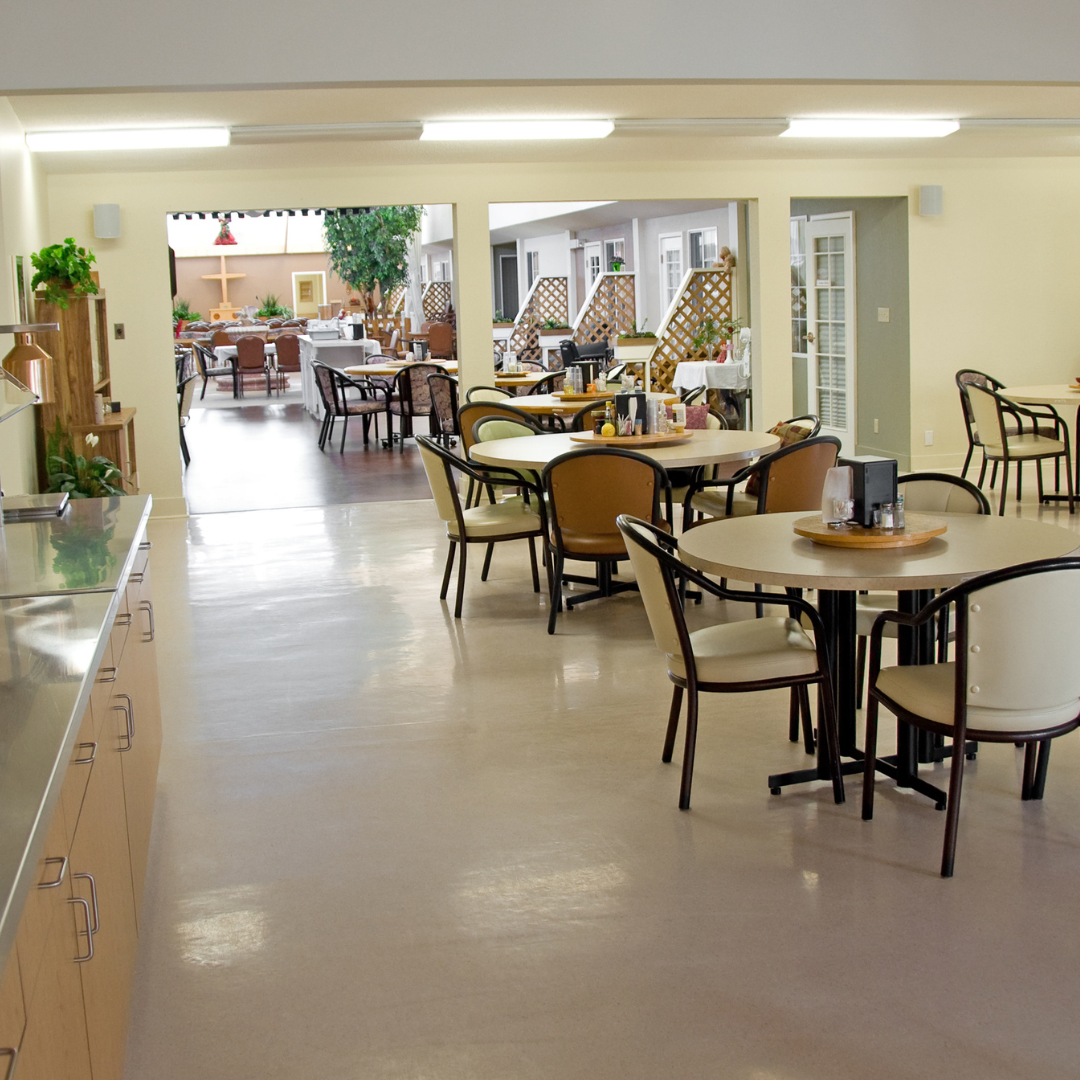Celebrating over 30 years
How Much Does It Cost to Add a Bathroom?
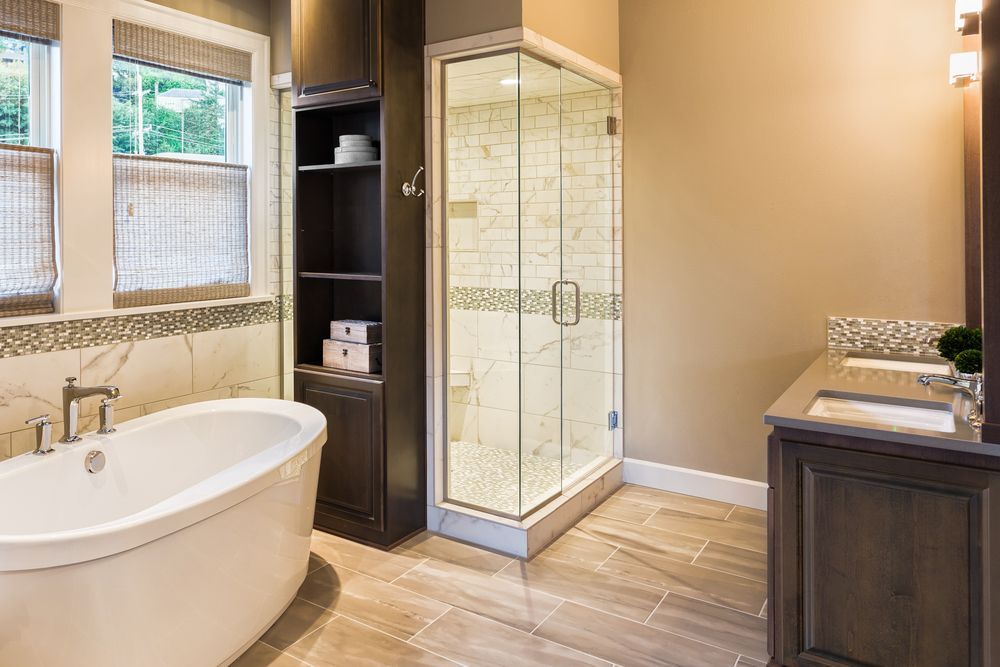
Most buildings on Earth should have at least a ½ bathroom added to them. Think of the security and self-confidence we would all feel every time we walked into a bar, Sunglass Hut, or jail cell, forevermore. “At least one type of emergency is a lot less likely to happen here than it used to be,” we could reflect.
Sadly, until our public leaders get on board with that plan, we’ll have to focus on effecting that positive change in our homes. Baby steps.
The most important question to ask when you’re getting started is, of course, “How much does it cost to add a bathroom?” Since there don’t seem to be many options when it comes to federal bathroom grants, the onus is on the homeowner to make a budget and stick to it.
How Much Does it Cost to Add a Bathroom?
The first question must be answered with a second: Do you intend to convert an existing space into a bathroom, or enlist the help of a full-on construction company and build an addition onto your house?
In general, you can get through a remodeling project for under $10,000; in fact, it’s not uncommon to finish for less than $5,000. To add a new room to your house for your overflow toileting, the price tag is usually closer to $25,000, with $90,000 as a not-unheard-of high-end cap.
½ Bath vs. ¾ Bath vs. Full Bathroom
Coming at it a different way, the first question–how much does it cost to add a bathroom–still must be answered by a second question: ½ bath, ¾ bath, or full bathroom?
Which fraction of a bathroom you go for depends, first of all, on where you want to put it. If you’re building a new room for it, you can do anything you want; go crazy. If you’re converting an existing space into your new water closet, however, you’re of course restricted by how big the space is.
Note: Bathroom tile is usually between $4 and $10 per square foot.
A ½ bath should be between 18 and 30 square feet.
A ¾ bath–one with a shower but no tub–can be in the same ballpark in terms of square footage. The question here is why you’re building a new bathroom. Is it for more toilets, more bathing spots, or both? If you go for a ¾ bath, assume you’ll want it to be at least 45 square feet, but know that you may be able to get away with one as small as 30.
40 square feet is about the most common size of a master, full bathroom.
Summarizing the Cost of Adding a Bathroom
$3,000 – $10,000 to bathroomify an existing space in your home.
$20,000+ to build a new (full) bathroom from scratch and connect it to the rest of your house.
Ask your contractors for money-saving tips. Of course, lower-end faucets and such are a great place to cut corners; they’re just as functional as the expensive ones, perhaps just not as exotic-looking. It’s also important to note that any of these additions will likely increase the value of your home.
Reach out to Fitzpatrick to get a little more specific and get some of your particular questions answered. This is what we do; we love talking shop!

FITZPATRICK PAINTING & CONSTRUCTION
IS CELEBRATING OVER 30 YEARS IN BUSINESS!
By using our website, you consent to our Cookie Policy, Privacy Policy, and Terms Of Service / Use.
All content Copyright © 2025 Fitzpatrick Painting & Construction Inc. Website by smallbee.com



